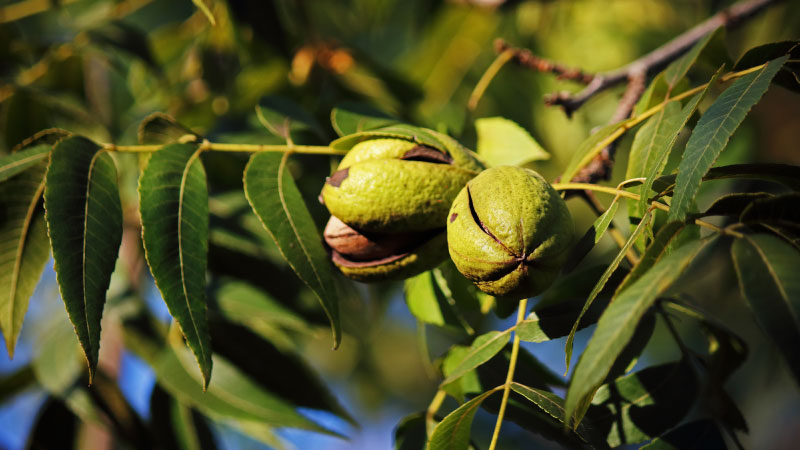Hanging Tough

At Consolidated Citrus, resets are going in, marking confidence that research will lead to ways to live with greening. According to John Merritt, vice president of operations for the Ft. Myers-based company, a good number of trees were planted in 2010 with more slated for 2011.
Buying Time
Greening was first identified in Consolidated’s groves in 2006 on the East Coast in its Tesoro grove. The first inspection of the grove showed 8% infection, and with the second inspection, the number jumped to 30%. Eventually, greening became so intense in the Tesoro grove the decision was made to discontinue production there.
Mike Stewart, manager of horticultural services for Consolidated Citrus, helped in the development of the nutritional program. He says the positives can be seen since the first KeyPlex-based spray was made across the groves in fall 2008.
“What we’ve noted is less greening symptoms, even where we know we have disease,” says Stewart. “We are getting good flushes and good leaf expansion. But, more importantly, we are seeing less symptomatic fruit and dramatically less fruit drop.”
“A key to this approach is that if a tree has any other stress and you combine it with greening, it crashes,” says Merritt. “The foliar nutrition helps build up the trees’ defenses to stress. I believe another important point is it is not just about rehabilitating greening trees, but it does such a good job maintaining the health of greening-free trees. That’s where we are seeing the yield response.”
“What we’ve noted is less greening symptoms, even where we know we have disease,” says Stewart. “We are getting good flushes and good leaf expansion. But, more importantly, we are seeing less symptomatic fruit and dramatically less fruit drop.”
“A key to this approach is that if a tree has any other stress and you combine it with greening, it crashes,” says Merritt. “The foliar nutrition helps build up the trees’ defenses to stress. I believe another important point is it is not just about rehabilitating greening trees, but it does such a good job maintaining the health of greening-free trees. That’s where we are seeing the yield response.”
Psyllid Control Critical
“We have a young block that has been on a foliar nutrition program and stepped up psyllid control since 2006,” he says. “We’ve seen the slope of infection level off. Our first inspection of the grove showed 0.5% infection rate and the second inspection came in at 9%. Today, the infection rate is 12%, which is higher but not dramatically higher. I attribute this to our psyllid control. In fact, I believe the infection we see in the grove today was probably picked up the first year it was planted when we had all the psyllids in the grove. We are just not allowing the psyllids in the groves to potentially spread the disease unchecked.”
Optimism Ahead
0
1
5
Hanging Tough










